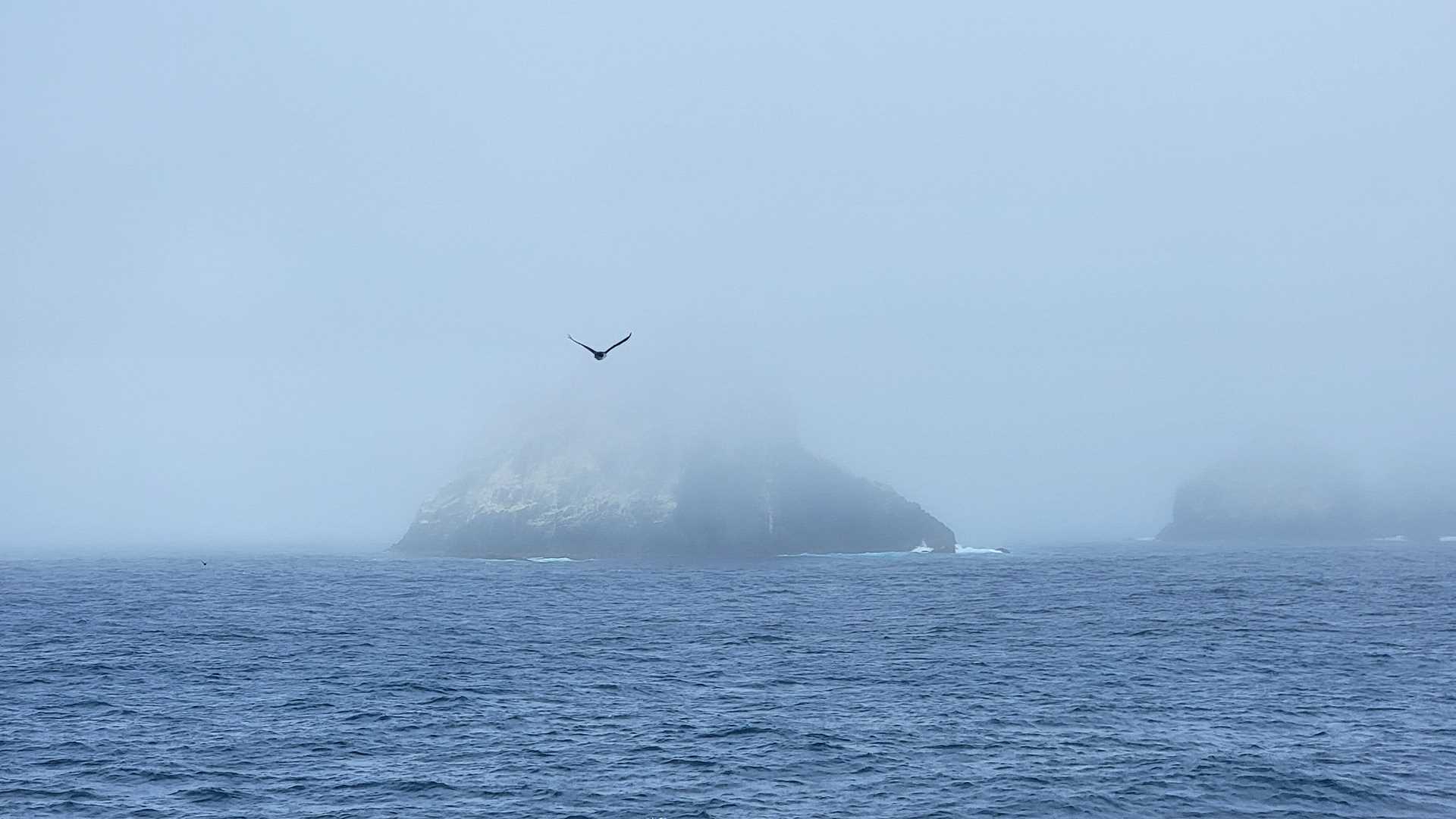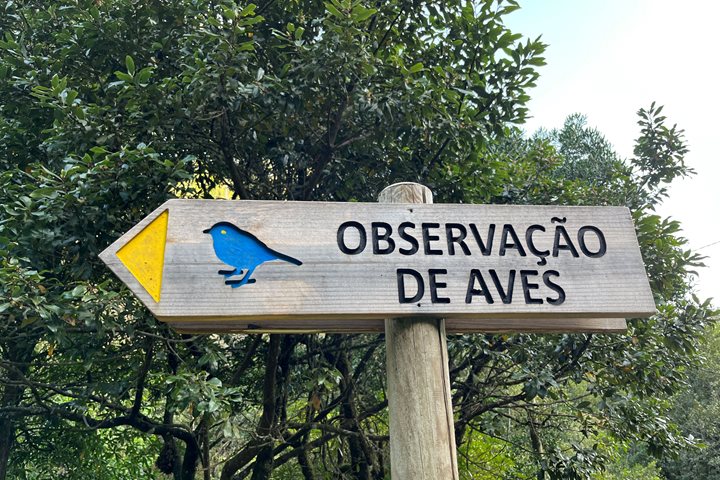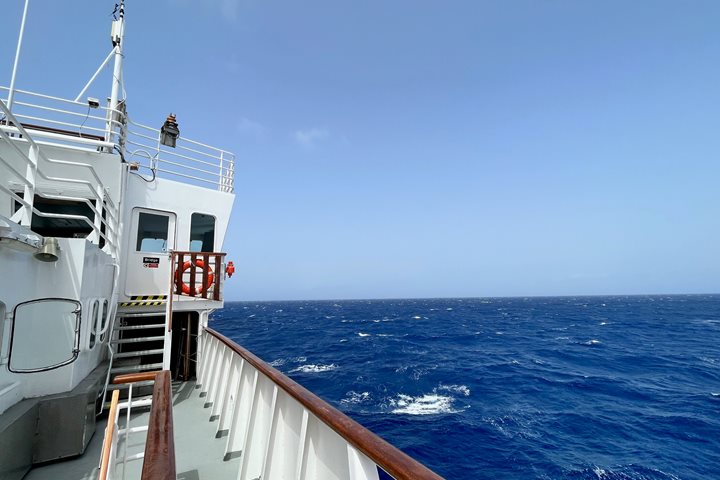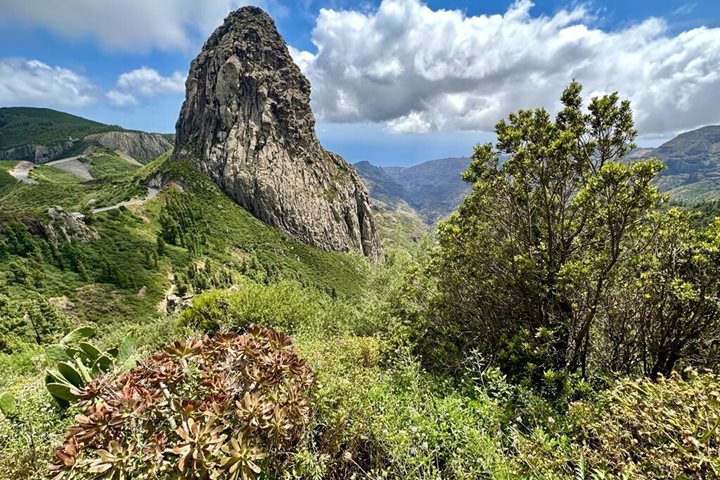Today was National Geographic Explorer’s second ocean day on its way towards South Georgia from the Falklands. South Georgia will be the second stop on our crossing of the Atlantic Ocean.
On long crossings, one would think that the days would get dull. However, that is not the case on National Geographic Explorer. Today was packed with presentations. First, Eduardo Shaw took his place in the Circle of Truth with his presentation called “The Gauchos.” Then Santiago Imberti shared his presentation about penguins. After these two fantastic presenters, lunch was served.
Following lunch, a mandatory IAATO briefing had to be completed. As the briefing was scheduled to take place, National Geographic Explorer sailed past the stunning Shag Rocks. It is not always possible to see the rocks due to weather. The sun was not shining its brightest today, and Shag Rocks had an eerie feeling. We left the rocks in their misty and gray environment, and the IAATO briefing was held. Without a doubt, biosecurity was the most important part of the day. It might not be everyone’s favorite, but South Georgia has a delicate environment, and we are diligent and aware of anything we might transmit to the island. We must all do our part to help unique ecosystems like South Georgia remain pristine.
After the bio-decontamination, Jim Kelley took his place in the Circle of Truth and gave a presentation on the geology of South Georgia. Afterwards, we enjoyed recap and dinner. The day ended with episode III of the fantastic series, Frozen Planet II.







